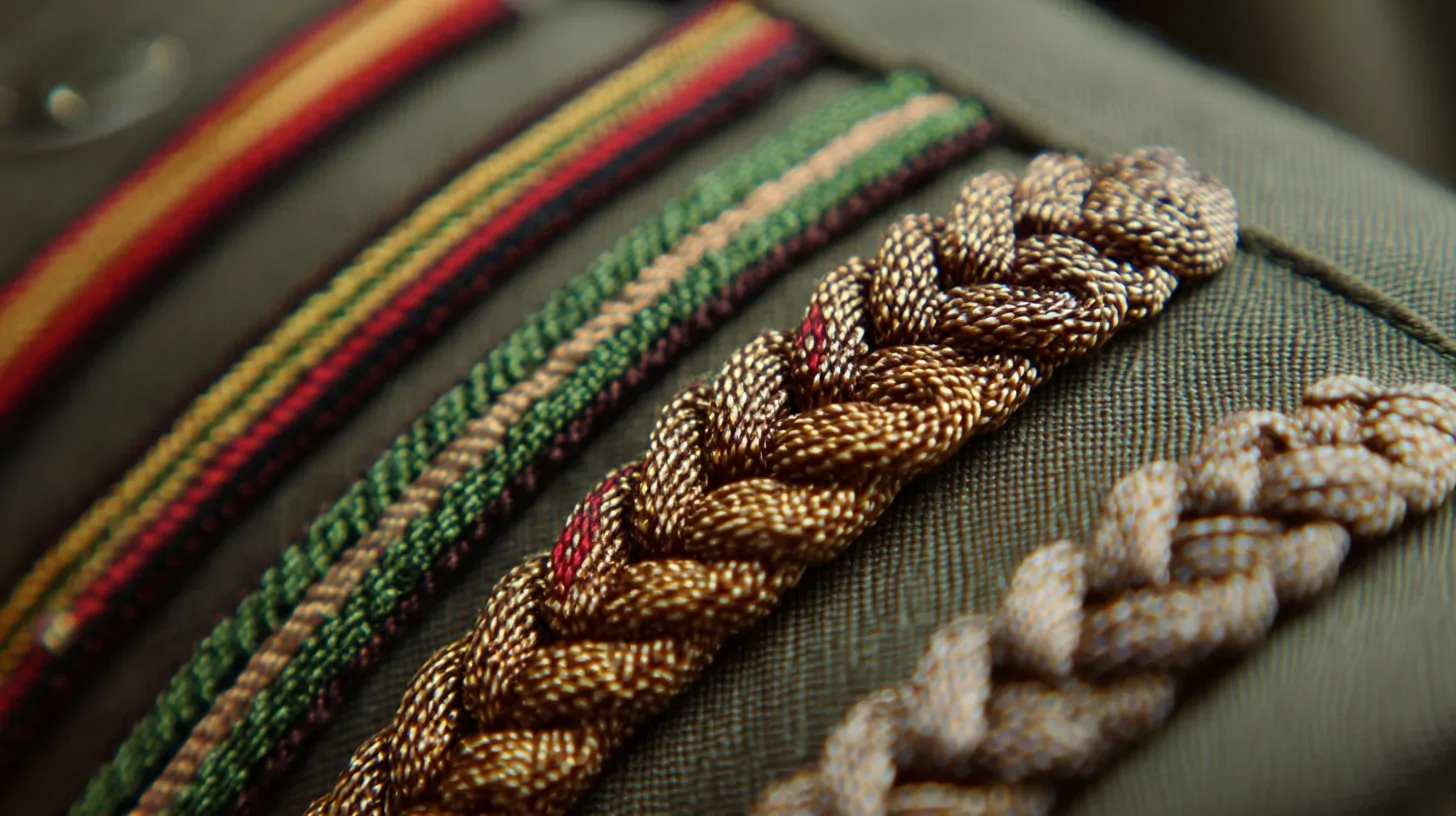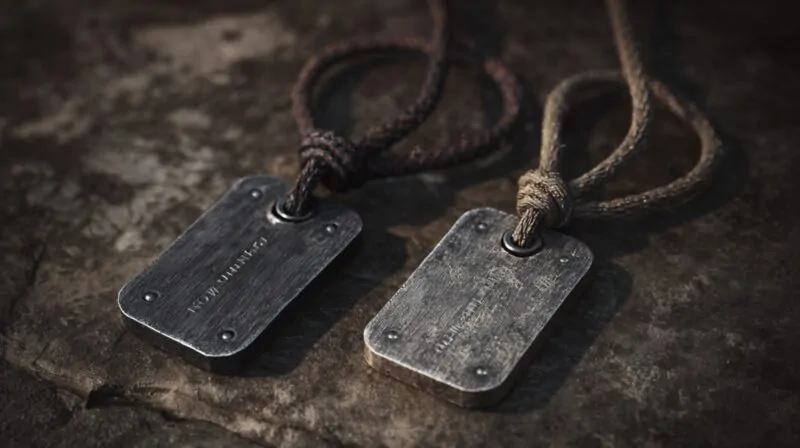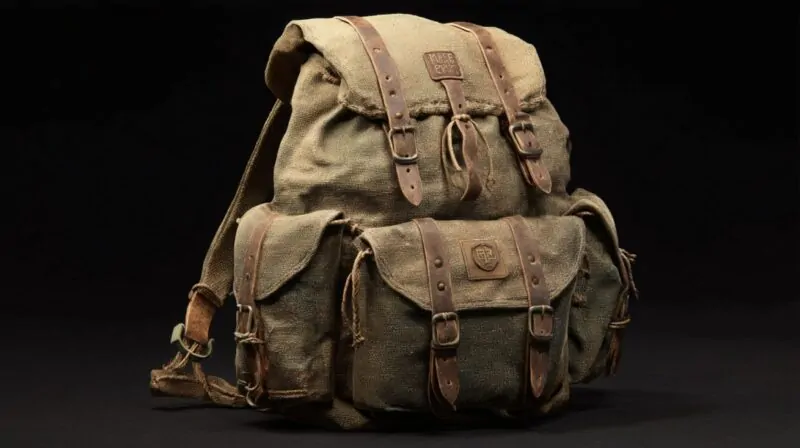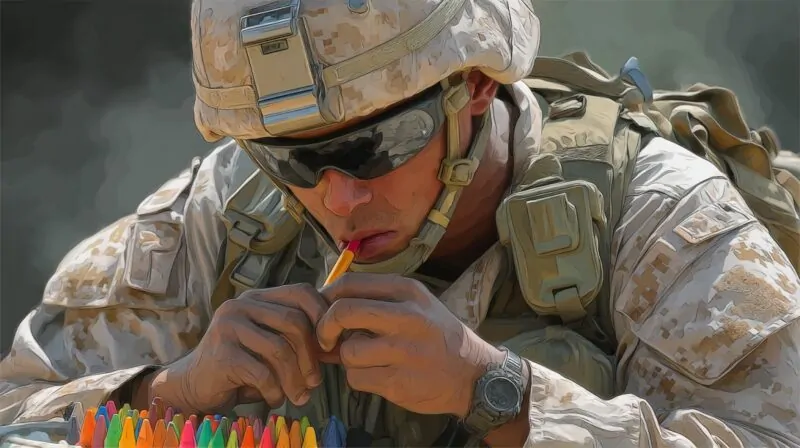Shoulder cords have long been a visible part of military dress uniforms. They serve as both decorative and symbolic elements, representing heritage, unit identity, and individual achievement.
Soldiers wear them not only to honor tradition but also to display affiliation with certain branches or distinctions.
We want to represent the different colors, ranks, and meanings behind army shoulder cords, giving clarity to what they represent in both regulation and ceremonial use.
Table of Contents
ToggleRegulatory Overview
Army uniforms follow carefully established rules, most notably Army Regulation 670-1, which governs every aspect of wear and appearance.
The regulation ensures that soldiers present a unified and professional image across all branches and units. Within this regulation, shoulder cords are addressed specifically, and only one cord receives official authorization for permanent wear: the Infantry Blue Cord.
Infantry soldiers who complete required training such as One Station Unit Training (OSUT) or Advanced Individual Training (AIT) are awarded the Infantry Blue Cord. Once earned, it becomes part of the soldier’s dress uniform and signals to everyone who sees it that the wearer belongs to the infantry.
Its exclusive authorization sets it apart as the most visible and widely recognized cord across the Army.
Other cords, while frequently seen, fall outside of official regulation. Red, gold, black, yellow, and other colors may appear during ceremonies, unit events, or traditions, but they do not carry the same regulatory weight.
Commanders at the unit level sometimes authorize these cords for use during special occasions such as parades, inspections, or military balls. Such use builds esprit de corps, connects soldiers with their unit’s history, and adds visual distinction during formal gatherings.
It is important for soldiers to recognize the difference between authorized wear and ceremonial allowance. Wearing a cord not sanctioned by regulation during unauthorized circumstances may be viewed as a uniform violation.
- Official authorization: Only the Infantry Blue Cord is recognized under Army Regulation 670-1.
- Ceremonial or local use: Other colored cords may be authorized temporarily by commanders for unit-specific events but are not intended for everyday wear.
- Professional distinction: Adhering to regulation maintains credibility, ensures uniformity, and preserves the symbolic value of cords.
Breakdown of Shoulder Cord Colors and Their Meanings
Shoulder cords are not simply decorative elements on the uniform. Each color carries its own association with a branch or specialty, and even when not officially authorized by regulation, they are deeply tied to tradition and heritage.
Some cords identify completion of specialized training, while others symbolize connection to a combat branch or support unit.
Infantry Blue Cord
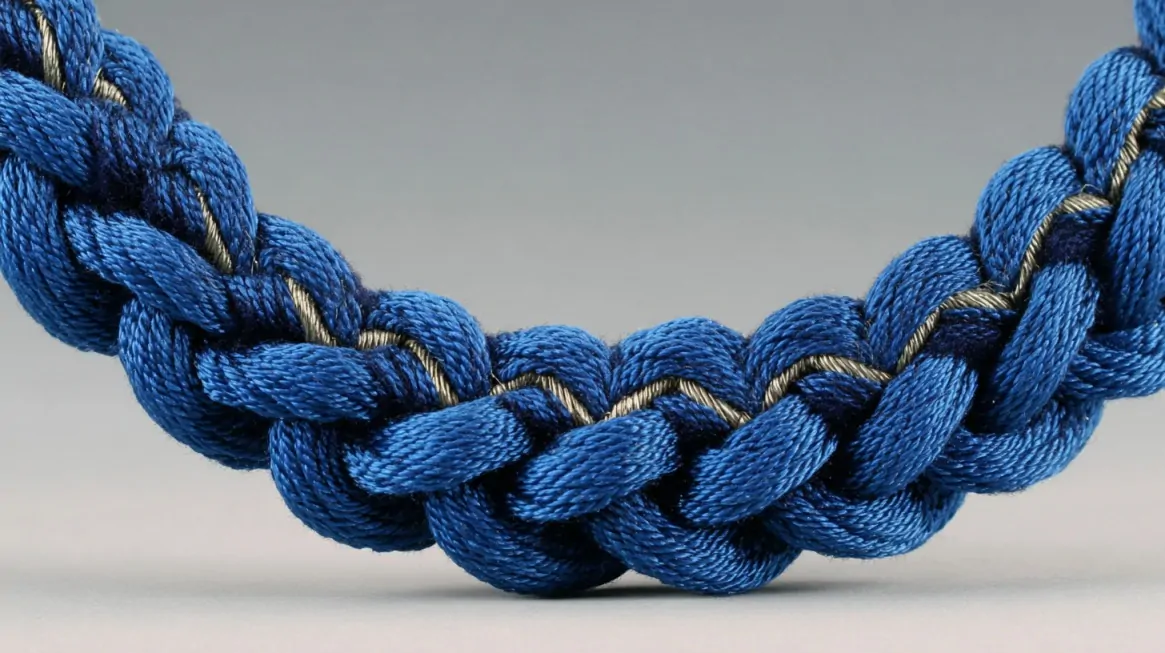
No cord in the Army holds as much recognition as the Infantry Blue Cord. Exclusively authorized by regulation, it identifies a soldier as a trained infantryman. Earning it requires completion of rigorous training such as One Station Unit Training (OSUT) or Advanced Individual Training (AIT).
Once awarded, the cord is worn on the right shoulder of the dress uniform, standing out as a clear marker of branch affiliation. It not only represents technical training and qualification but also carries symbolic weight, connecting modern soldiers with generations of infantry service.
The blue cord becomes a visual reminder of sacrifice, combat readiness, and the honored position of the infantry within the Army.
- Color: Infantry blue
- Placement: Right shoulder on dress uniform
- Significance: Awarded only to trained infantrymen
Artillery Red, Black, and Gold Cord
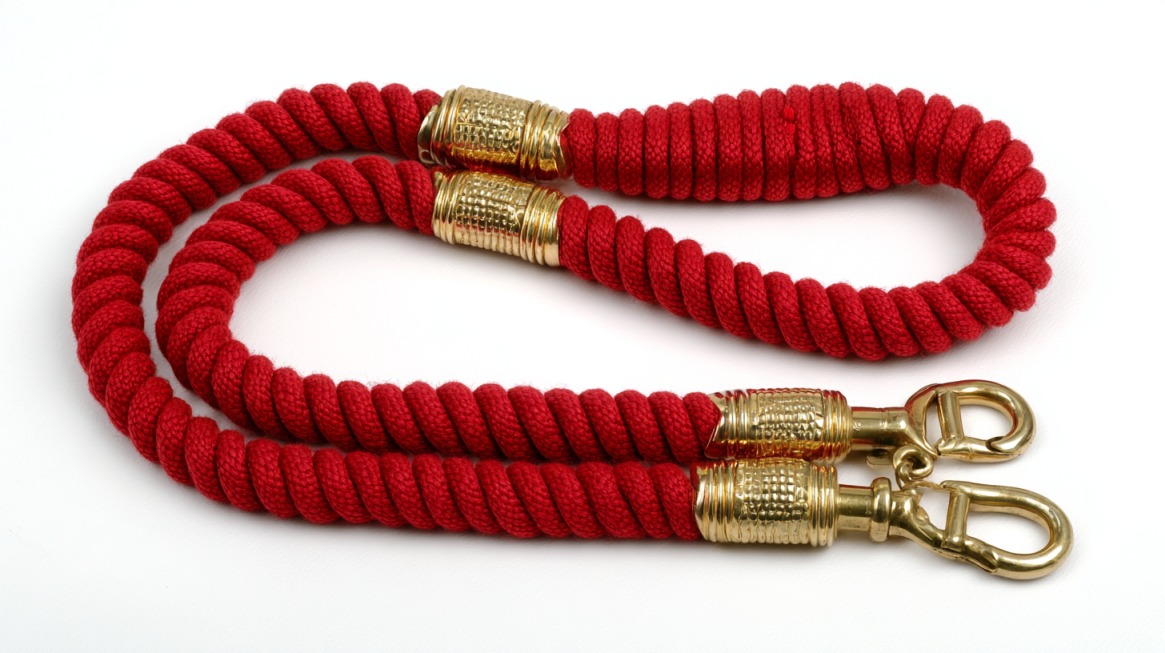
Artillery units have their own strong traditions, often symbolized by cords in red, black, and gold. These colors trace back to the heritage of artillery as the “King of Battle,” representing the branch’s critical role in firepower and battlefield dominance.
Although not authorized under Army Regulation 670-1 for daily wear, these cords remain important in ceremonial contexts.
Soldiers in artillery units may wear these cords during parades, formal inspections, or military balls to highlight their branch pride. Each color variation emphasizes the artillery’s long-standing contribution to combat effectiveness, and many units continue to preserve this custom as part of their identity.
- Colors: Red, black, gold
- Use: Ceremonial or special occasions
- Meaning: Affiliation with artillery units
Armor Yellow Cord
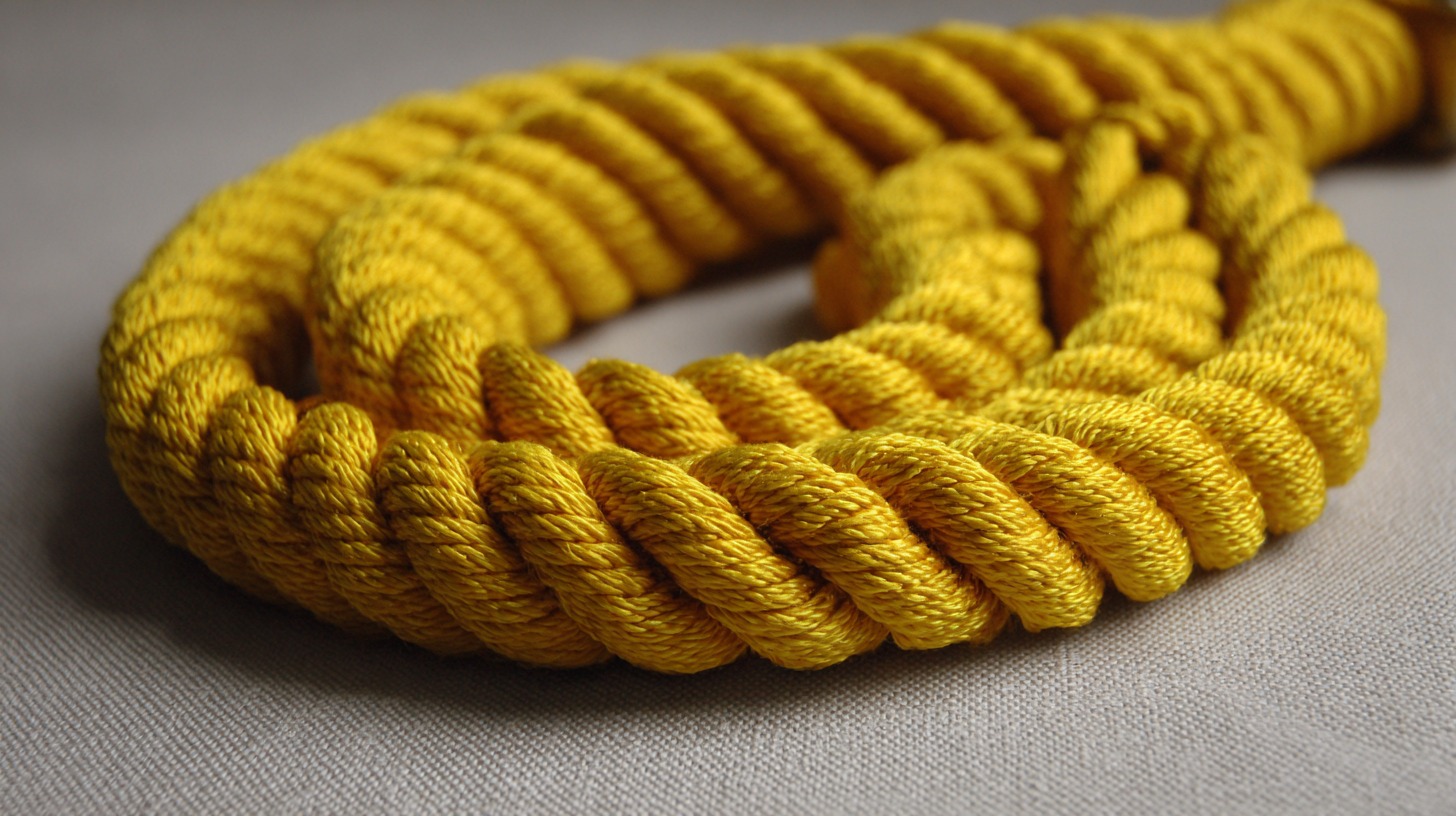
Cavalry and armor units carry a proud history of mounted warfare and tank combat, reflected in their association with the yellow cord.
While not formally authorized under Army regulations for daily wear, the yellow cord honors armored soldiers and their role in both past and modern conflicts.
Wearing the cord often occurs in ceremonial events, unit celebrations, or formal balls. It serves as a visible connection to a long history of cavalry traditions, while also recognizing the mechanized armor units that evolved in the twentieth century.
For many soldiers, it symbolizes speed, power, and the aggressive spirit of armored warfare.
- Color: Yellow
- Use: Ceremonial, traditional displays
- Meaning: Armor or cavalry service connection
Other Colored Cords (Unofficial/Unit-Based)
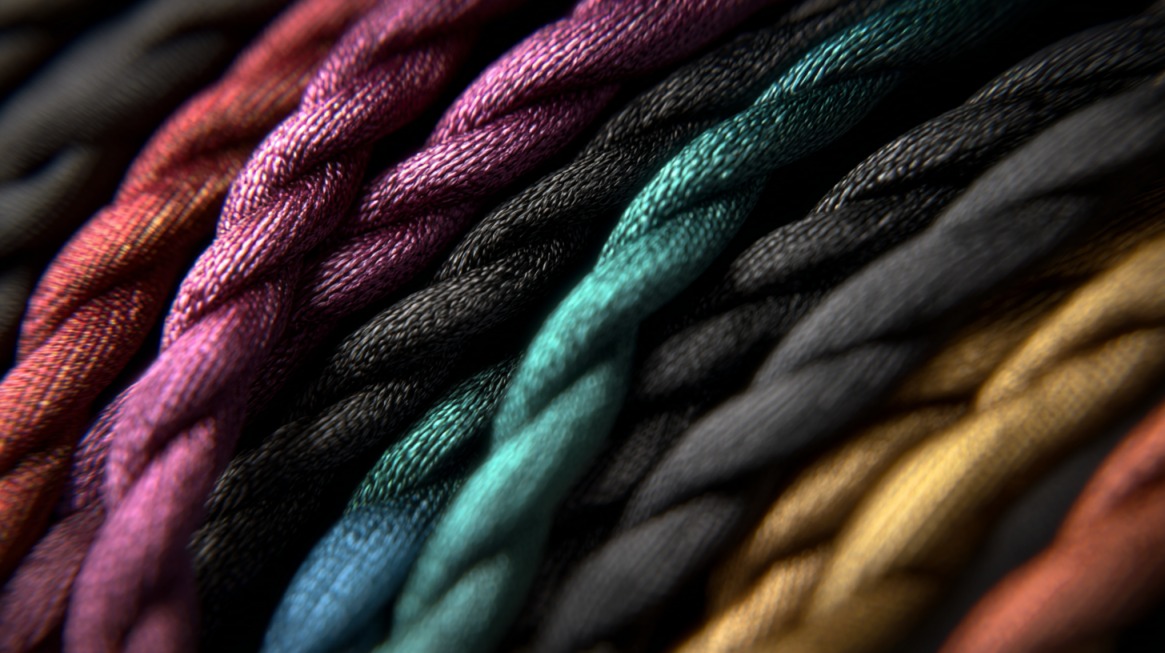
Not all cords fall neatly into regulation or branch-wide traditions. Many exist only at the local or unit level, where commanders approve their wear for specific events.
These can include cords representing ordnance, quartermaster, medical corps, or other branches that play vital support roles in Army operations.
Such cords are most often seen during military balls, parades, or heritage events where the goal is to build esprit de corps and highlight the contributions of specialized units. While not standardized, they carry strong symbolic meaning for those who wear them.
- Examples: Ordnance, quartermaster, medical corps cords
- Use: Local or unit authorization
- Meaning: Corps-specific recognition
Ceremonial and Honor Cords
Ceremonial cords carry meanings that go far beyond decoration, representing centuries of tradition, recognition, and the bond between soldiers and their units.
Among the most distinguished are aiguillettes, gold cords worn by military aides serving high-ranking officials such as the president, secretary of defense, and senior generals.
These cords symbolize trust, precision, and a high level of professional competence.
Aide-de-camp roles are prestigious assignments, and wearing aiguillettes reflects that honor.
Another important category is fourrageres, cords originating in European military customs. French and Dutch fourrageres were awarded to entire units of the U.S. Army during World War II for extraordinary gallantry in campaigns.
Soldiers belonging to those units today may still wear the cords as a collective honor, even if they were not present for the original conflict. That practice keeps history alive and strengthens unit pride across generations.
Lanyards also appear in military tradition, sometimes awarded to units or individuals for specialized service. In ceremonial contexts, lanyards and fourrageres add a distinguished layer of recognition that emphasizes heritage and collective achievement.
Wearing Guidelines
Proper wear of cords is essential to maintain uniformity and discipline. Placement is generally on the right shoulder of the dress uniform, with the cord looping neatly under the arm and over the shoulder loop. A secure fit ensures that the cord sits cleanly against the uniform, projecting professionalism.
Sloppy wear sends the wrong message, so attention to detail is expected.
In terms of uniform types, cords appear most often on Class A and Class B dress uniforms, especially during parades, ceremonies, or formal events. While many colored cords are limited to ceremonial occasions, the Infantry Blue Cord remains a regulation item and may be worn regularly by qualified infantry soldiers.
Other cords, when used, are reserved for military balls, official events, or when commanders grant permission for specific displays.
Everyday field uniforms exclude cords, as practicality and combat readiness take priority. Cords serve a symbolic rather than functional purpose, and their use in daily operations would conflict with efficiency.
Maintaining strict guidelines ensures that cords retain their ceremonial weight, reminding both soldiers and observers that military tradition carries deep respect and discipline.
Summary
Shoulder cords hold a special role in Army tradition. They reflect regulation, honor, and history, while also allowing room for unit pride and ceremonial distinction.
Infantry soldiers wear their blue cords with distinction, while artillery, armor, and other branches celebrate their service through ceremonial colors.
Recognizing the meanings behind these cords offers respect for the heritage they represent and the soldiers who wear them.
Related Posts:
- A Detailed Guide to Military Branch Colors and Their Meaning
- Complete List of US Army Ranks in Order - Rising to the Top
- The Power Ladder in Blue - Police Ranks in Order
- US Navy Ranks in Order - From Seaman to Admiral
- Exoskeletons Explained - What They Are and How They Work?
- Kronshtadt Orion Specifications and Capabilities Explained

